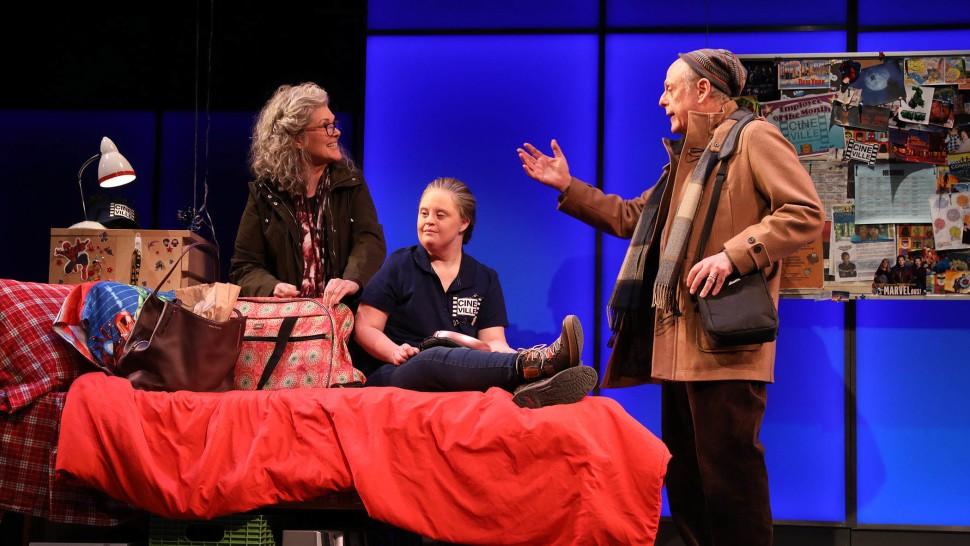On March 1, the New York City Roundabout Theater Company will debut “Amy and the Orphans,” featuring actress Jamie Brewer, a casting choice that could break barriers for disabled people everywhere.
Within the entertainment industry, disabled actors have rarely been cast, not only in roles for able-bodied actors, but even in roles for disabled characters.
This is most often evidenced by ablebodied chats being cast as characters who have disabilities. For instance, Sally Hawkins was nominated for the 2018 Academy Awards in the Best Actress category for her role as Elisa, a deaf mute woman, in “The Shape of Water.” In addition, actor Sam Claflin portrayed a paralyzed man in the 2016 film, “Me Before You.” Disabled actors are often passed over for such roles, which are instead given to able-bodied actors.
However, actors like Brewer are working past these obstacles whether they are cast as characters who are disabled or not. In “Amy and the Orphans,” Brewer’s character does have Down syndrome, but it does not make or break the central conflict or storyline of the play. The story is about three siblings who reunite after their father’s death, leaving them to fend for themselves in the midst of family turmoil. Characters that are played by disabled actors should not be reduced to their disability.
Amy’s Down syndrome does not play a large part in the central theme of the play, validating her ability to play any role, regardless of whether or not the character has a disability. In fact, if it were not for head playwright Lindsey Ferrentino’s note in an early draft of the script that she wanted to cast an actress who had Down syndrome, Amy’s character may have been able-bodied.
Brewer’s performance will be the first time that someone with Down syndrome has played a lead role in the history of Broadway. This is not the first time she has portrayed a character without a disability. For instance, her role as a witch in “American Horror Story” did not necessarily require an actor that had a disability. She has also been cast in “Switched at Birth” and “Southland,” further validating disabled actors’ abilities.
Unfortunately, the entertainment industry in general has a history of rejecting disabled actors and actresses. According to “Indiewire,” in the history of cinema, 59 non-disabled actors have been nominated for Oscars for roles in which they played disabled characters; Hawkins is one example.
Furthermore, a 2016 Office for National Statistics report found that 17.9 percent of employed people in the United States identified as disabled. However, within the entertainment industry, only 0.3 percent of its workforce identified as disabled. There is a clear gap in representation amongst people with disabilities within the entertainment industry.
The gap not only limits disabled people’s employment opportunities, but also oppresses truth in representation. Representation and accuracy must be considered in a casting process. An actor may be able to accurately portray a disability, but casting a disabled person as a disabled character could vastly improve the quality of acting.
Steps forward in the entertainment industry, like Brewer’s casting, are crucial and should be seen as an example of the future status quo. Disabled people should be considered not only for roles where they are portraying disabled characters, but also for roles where their characters do not necessarily have a disability. Diversity in representation makes television shows, movies and plays more like the real world, where disabilities are part of many people’s daily lives.




